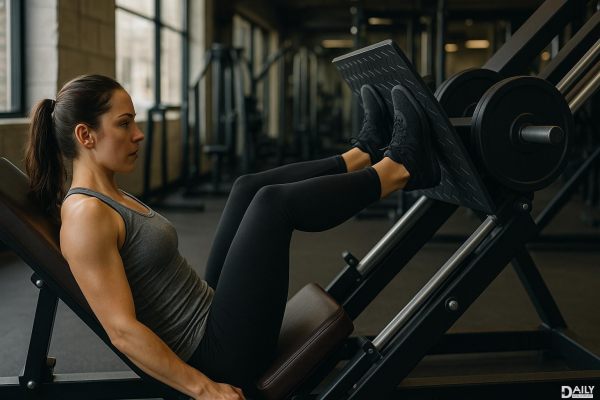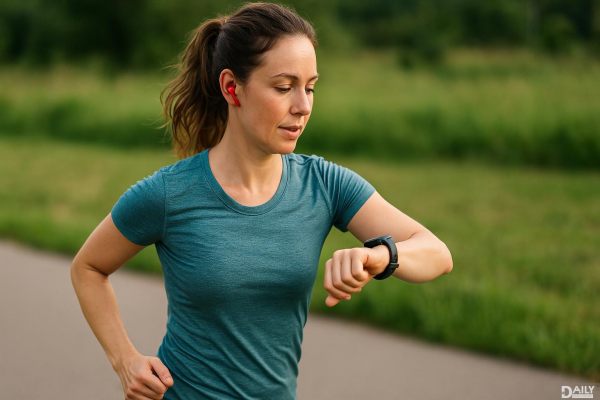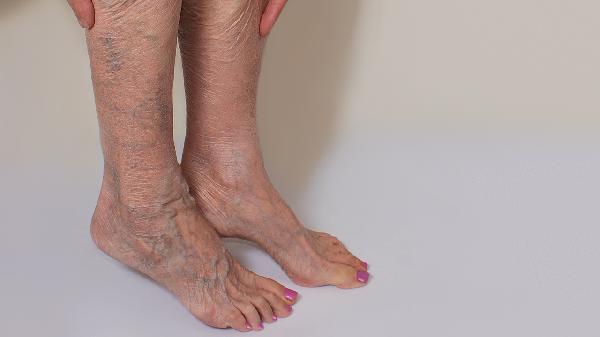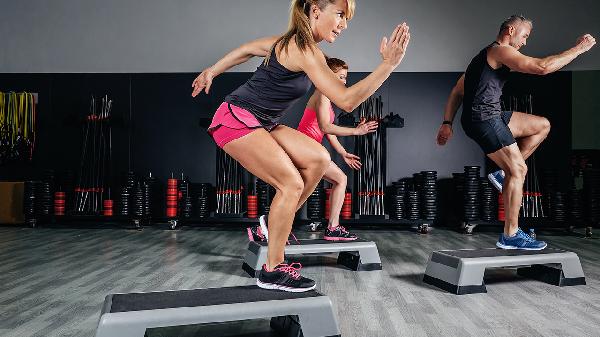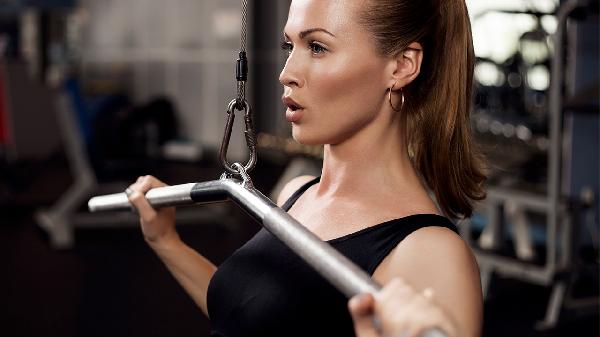Walking and yoga might seem like simple activities, but when combined thoughtfully, they can be a powerhouse duo for recovery, strength, and overall well-being. After dealing with persistent hip pain, I learned firsthand how these two low-impact practices—when approached with patience and awareness—can rebuild mobility, stability, and even confidence in movement. The key? Slow progression, smart modifications, and listening to your body every step of the way.
Starting Small: The Power of Walking
When my physical therapist first suggested walking as part of my rehab, I’ll admit I was skeptical. Walking? That’s it? But here’s the thing—walking is one of the most underrated forms of movement. It’s accessible, low-stress on joints, and surprisingly effective at rebuilding endurance and alignment. I started with flat, half-mile routes three times a week, paying close attention to my posture (no slouching!) and stride. Over time, I increased distance gradually, eventually tackling gentle hills. The progression wasn’t flashy, but it worked. Walking helped me regain trust in my body’s ability to move without pain, something I’d lost after months of discomfort.
Yoga’s Comeback: Stretching Without Strain
Yoga was actually the culprit behind my initial hip issues—I’d pushed too hard in poses like pigeon and runner’s lunge without proper warm-ups or modifications. But instead of swearing it off forever, I reintroduced it carefully. Gentle, stretch-heavy flows became my go-to, focusing on breathwork and mindful engagement rather than depth or intensity. Twice a week turned into four or five sessions as my flexibility improved. The biggest lesson? Yoga isn’t about forcing your body into shapes; it’s about meeting yourself where you are. I learned to use props (blocks and straps were game-changers) and skip poses that didn’t feel right—no guilt attached.
Barre and Bodyweight: Precision Over Power
Once walking and yoga felt steady, I added low-impact strength work. Traditional HIIT or plyometrics were off the table (goodbye, jump squats), but barre and bodyweight exercises became my new best friends. Barre, in particular, was a revelation—those tiny, controlled movements exposed muscle imbalances I didn’t even know I had. My right glute? Basically asleep. My left obliques? Overcompensating. Through repetitive pulses and isometric holds, I retrained those muscles to fire correctly. Bodyweight workouts followed the same principle: slow, deliberate reps with perfect form. Squats became 10-second descents; planks included deliberate pelvic tilts. Boring? Maybe. Effective? Absolutely.
Listening to Your Body: The Non-Negotiable
The biggest takeaway from this entire process? Recovery isn’t linear, and no two bodies respond the same way. Some days, a walk felt effortless; others, even gentle yoga left me sore. Instead of pushing through discomfort, I learned to differentiate between “good” pain (muscles waking up) and “bad” pain (joints screaming for mercy). I kept a journal to track what worked and what didn’t, and I wasn’t afraid to bail on a workout if something felt off. That kind of self-awareness isn’t just helpful—it’s essential for long-term progress.
Walking, yoga, barre, and bodyweight training might not sound like the sexiest fitness combo, but together, they rebuilt my strength and mobility in a way high-intensity workouts never could. The journey wasn’t fast, but it was sustainable—and sometimes, slow and steady really does win the race.
